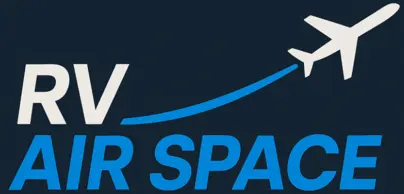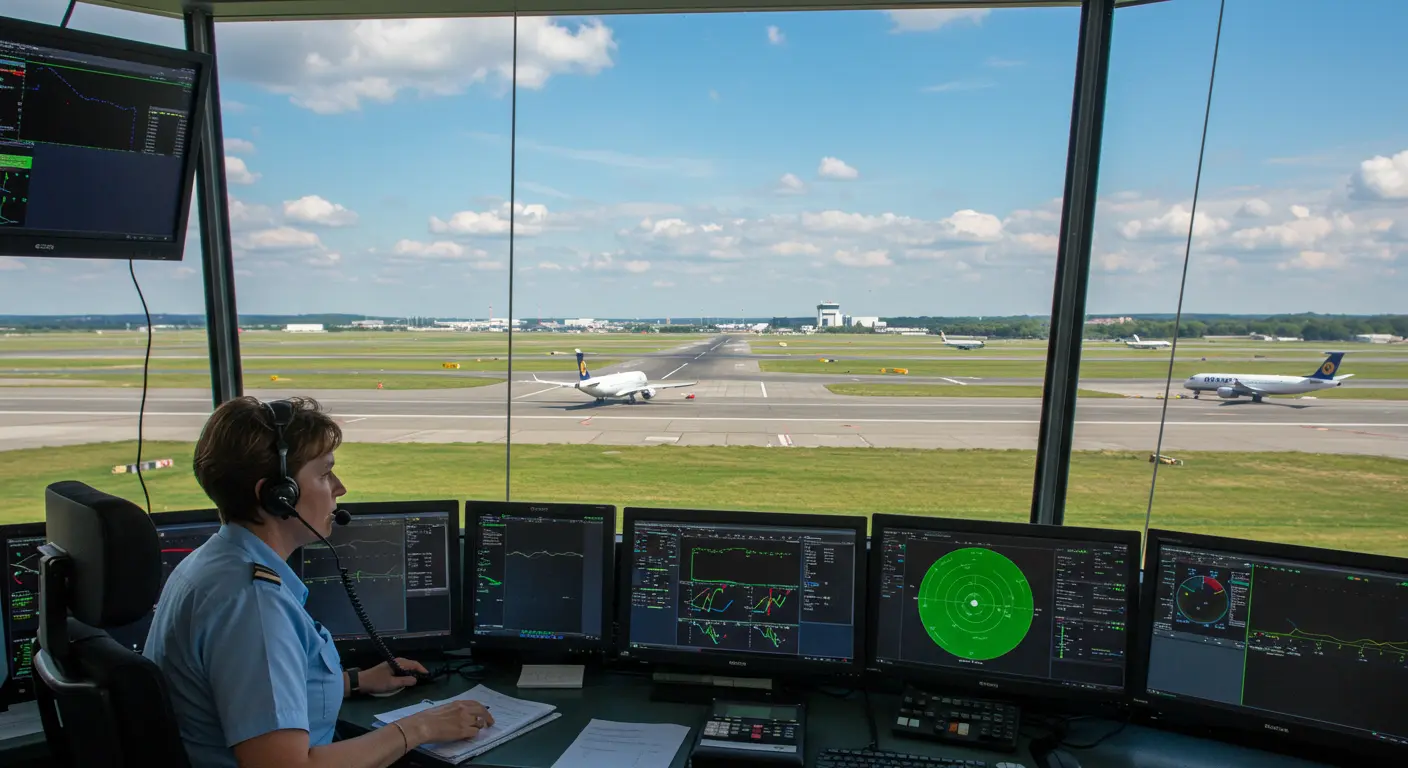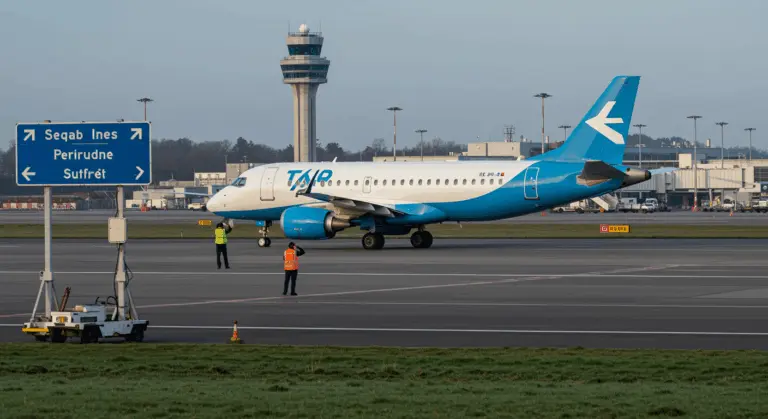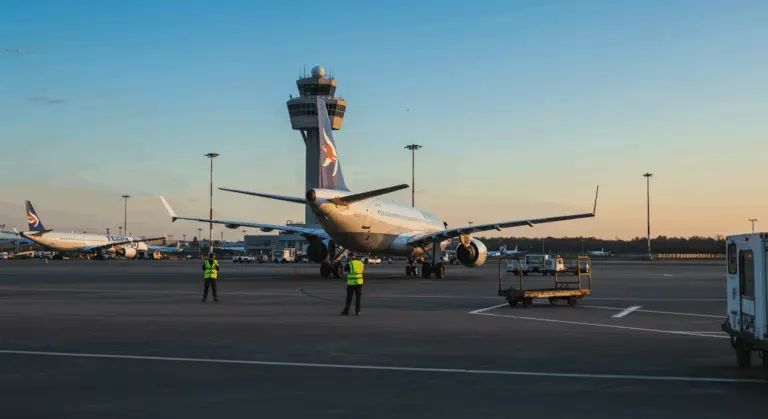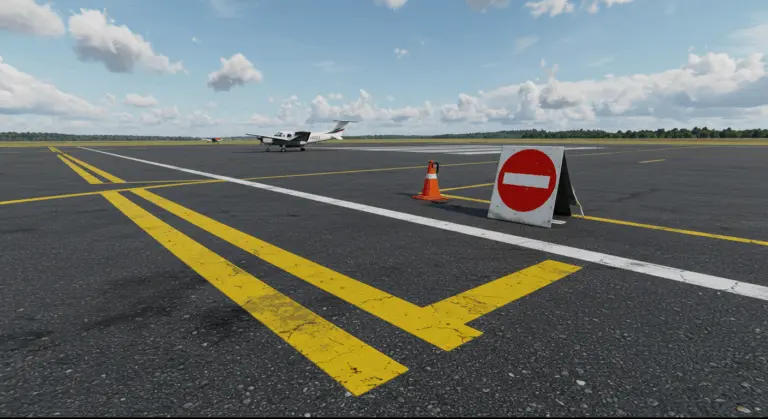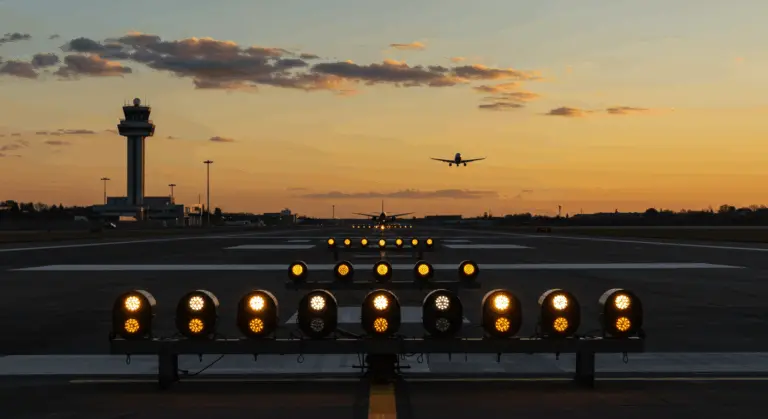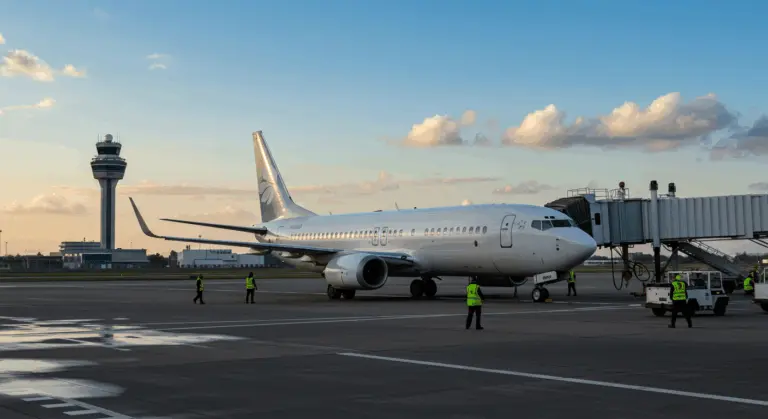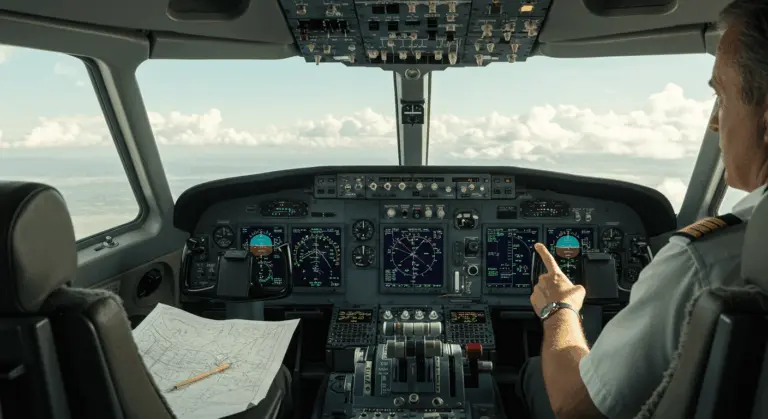Understanding 14 CFR § 91.117 – Aircraft Speed Regulations
Overview of 14 CFR § 91.117 – Aircraft Speed Regulations
Title 14 of the Code of Federal Regulations (CFR) § 91.117 establishes critical speed limitations for aircraft operating within the National Airspace System. This foundational rule forms the foundation of aviation safety, ensuring orderly air traffic flow and reducing collision risks in congested airspace.
Paragraph (a) sets the primary restriction: unless otherwise authorized, aircraft may not operate below 10,000 feet MSL at an indicated airspeed exceeding 250 knots (288 mph). This primary speed restriction governs lower altitudes where traffic density reaches its peak.
The regulation addresses diverse scenarios—flights near airports, operations in specific airspace classes, and conflicts between minimum safe airspeeds and maximum speed limits. It balances between operational efficiency and safety by applying specific limitations to different flight environments.
Compliance is required for all pilots operating in U.S. airspace. These restrictions provide crucial time for see-and-avoid procedures, facilitate ATC sequencing, and enhance overall safety. Pilots must incorporate these requirements in both preflight planning and real-time decision-making.
Key Speed Limits for Aircraft
When operating near airports, additional restrictions take effect. Aircraft flying within 4 nautical miles of the primary airport in Class C or Class D airspace must reduce their speed to no more than 200 knots (230 mph) when below 2,500 feet above the surface.
Aircraft in holding patterns must observe maximum speeds that vary by altitude:
-
At or below 14,000 ft MSL: 200 KIAS (FAA), 230 KIAS (ICAO)
-
14,001 to 20,000 ft MSL: 230 KIAS (FAA), 240 KIAS (ICAO)
-
20,001 to 34,000 ft MSL: 265 KIAS
-
Above 34,000 ft MSL: Mach 0.83
These graduated speeds maintain safe separation while accommodating the diverse performance characteristics of different aircraft types.
Class B Airspace and Speed Restrictions
Class B airspace, surrounding the nation’s busiest airports, doesn’t impose a single speed restriction. Instead, several layered limitations apply based on specific location.
Aircraft operating in the airspace underlying a Class B area—or in a VFR corridor designated through it—face a strict indicated airspeed limit of 200 knots (230 mph).
For operations within Class B airspace below 10,000 feet MSL, the standard 250-knot limit applies. When operating at or above 10,000 feet MSL within Class B airspace, pilots may technically exceed the 250-knot limitation.
These layered speed restrictions in and around Class B airspace enhance safety by accommodating a diverse mix of aircraft in a complex environment.
Impact of Proximity to Airports on Speed
These graduated restrictions serve multiple safety purposes:
-
Providing pilots adequate time to see and avoid other aircraft.
-
Allowing controllers sufficient time to issue instructions and verify compliance.
-
Ensuring aircraft maintain compatible speeds when merging into traffic streams.
-
Giving pilots more time to configure their aircraft for the terminal environment.
Air Traffic Control plays a pivotal role in managing speed dynamics. Controllers may authorize speeds that differ from regulatory limits based on traffic conditions, weather, or operational needs.
Minimum Safe Airspeed and Operational Safety
While § 91.117 sets maximum speed limits, paragraph (d) provides a critical safety exception: if an aircraft’s minimum safe airspeed for an operation exceeds the regulatory maximum, the pilot may operate at that minimum safe speed.
This provision acknowledges that higher speeds may be necessary due to:
-
Aircraft Configuration: Heavy aircraft may require higher approach speeds to maintain control margins.
-
Weather Conditions: Operations in gusty winds or icing may demand higher airspeeds for control and to prevent stalls.
-
Operational Requirements: Specific flight phases can necessitate exceeding standard limits for safety.
This exception reflects a safety-first approach, prioritizing safe aircraft operation over rigid regulatory compliance when conflicts arise.
This exception isn’t a blanket permission to exceed speed limits. The pilot in command must justify that the higher speed was necessary for safety, based on aircraft performance, manufacturer recommendations, and sound aeronautical decision-making.
When using this exception, pilots should document the circumstances and be prepared to justify their decision to the FAA. Communicating the need for a higher speed to ATC is also advisable to aid in traffic management.
Speed Adjustments and ATC Instructions
Beyond the standard speed limitations and safety exceptions outlined in 91.117, pilots must also comply with specific speed instructions issued by Air Traffic Control (ATC). These instructions take precedence over general regulatory speed limits and form a critical component of air traffic management.
Pilots must promptly comply with ATC speed adjustments unless doing so would compromise safety. ATC issues these instructions to maintain spacing, manage sequencing, and ensure efficient traffic flow—particularly in congested terminal areas.
In terminal environments, ATC’s authority to adjust speeds is crucial for sequencing aircraft. These adjustments are essential tools for maintaining separation and optimizing runway use.
ATC-assigned speeds supersede the limits in § 91.117, enabling controllers to assign speeds over 250 knots below 10,000 feet. However, the pilot retains final authority over the aircraft’s minimum safe airspeed, per paragraph (d).
Clear communication is essential. Pilots unable to comply with an assigned speed must immediately inform ATC with the reason.
Modern air traffic management relies on precise speed control to maximize airspace capacity safely. As congestion intensifies, pilots can expect increasingly frequent and specific speed instructions, making procedural knowledge critical.
Compliance and Enforcement of CFR 91.117
The FAA enforces speed regulations, recognizing them as critical to aviation safety. Violations of 14 CFR § 91.117 can trigger regulatory action, with penalties varying based on the infraction’s severity and surrounding circumstances.
The FAA’s enforcement response follows a graduated approach. Actions range from counseling for minor infractions to severe penalties for serious or repeated violations:
Speed violations are detected through several channels:
-
Air Traffic Control: Routine monitoring and reporting of speed discrepancies.
-
FAA Surveillance: Operations by inspectors, including ramp checks and flight following.
-
Incident Reports: Information from pilot deviations, incident analyses, or complaints.
Authorizations from the Administrator to exceed speed limits require careful review. Pilots must demonstrate compelling operational need and adequate safety measures.
To ensure compliance, pilots should focus on several key areas:
For detailed information on enforcement and compliance, pilots can consult official resources:
-
FAA Order 2150.3C (FAA Compliance and Enforcement Program)
-
Advisory Circulars (AC’s) on airspace operations
-
The Aeronautical Information Manual (AIM)
